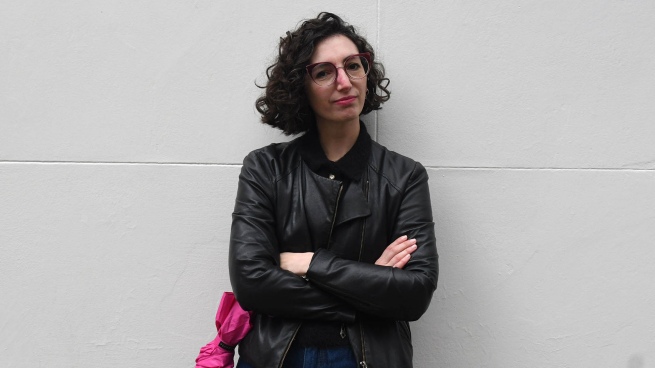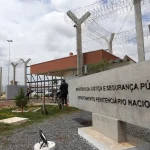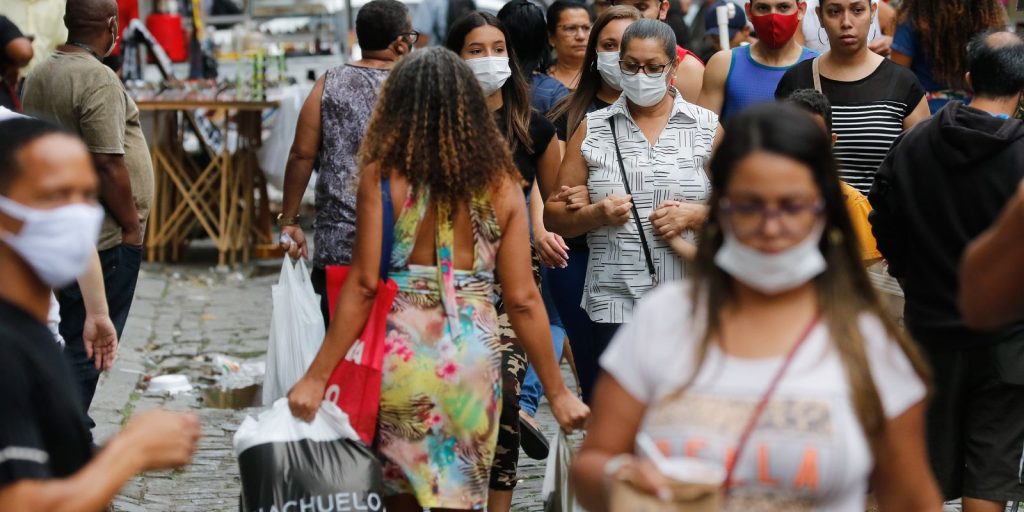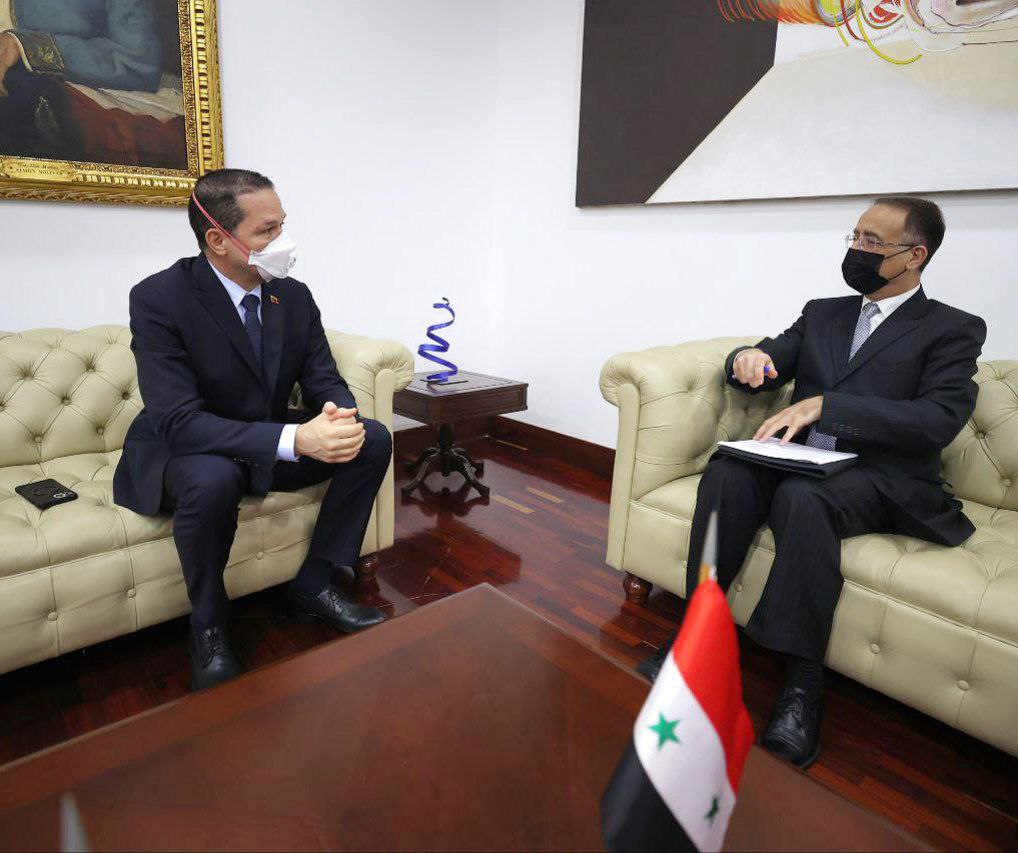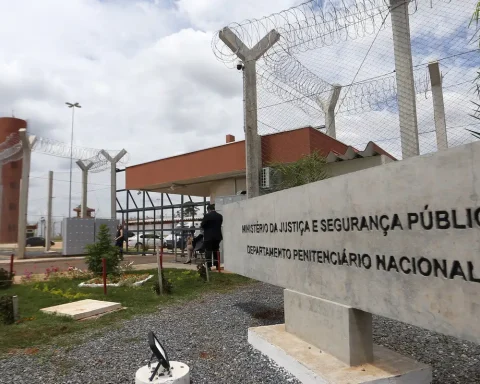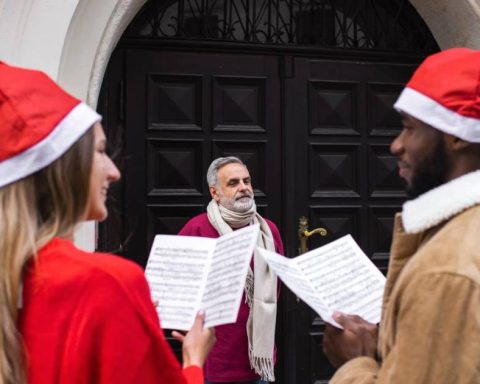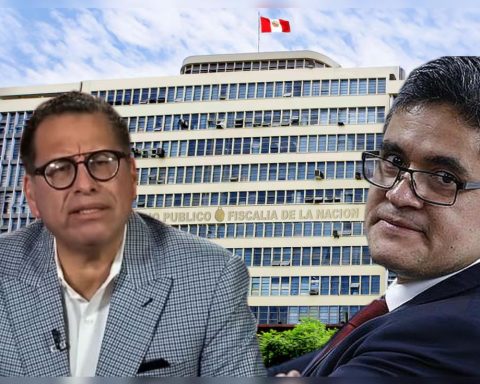The artist and cartoonist from Rosario Mary Luke presents his first novel “Geometric Heart”, or as she defines it, a “book without pictures”, in which she combinedto fiction and experiences to pay homage to two of his great loves: the city of Rome and the opera, in addition to a kind of biography overlapping with beautiful anecdotes in the life of the great composer Giacomo Puccini.
Fifth generation of composers in the family, Puccini set out to pass on his knowledge to his young son. He first got him a piano but the little boy just slapped his hands without tuning. Then he handed her a violin but Puccini junior tied a napkin and a branch to it, turned it into a sailboat and floated it on the lake. His child would end the long family tradition. “E finito, sono l’ultimo,” Puccini lamented in front of his wife.
This anecdote, among many other charming ones, sneaks into the story of “Geometric Heart” (Stealth), an original and unclassifiable book, fictional travel diary in which Josefina, a young musicologist, participates in a residence in Rome together with a group of experts on the life and work of Giacomo Puccinia gallery of characters that will give a special nuance to your stay.

“Tosca”, “Madama Butterfly”, “La bohème” and “Turandot” could perfectly work as the soundtrack for this reading -especially the first, which has a prominent place in the narration-, but any of those arias, the most famous Puccini’s compositions, it was the music that was hummed by whoever walked through the streets of the Italian capital at the end of the 19th century, the same ones where the heroine of the novel walks tirelessly, tests the water of each fountain she passes, learns Italian, goes to museums and theaters, and pays attention to the smallest details: the neighbor who hangs the sheets, the sunbeam that passes through, the mirror of the residence with a geometric heart shape.
“For years I wanted to do something about Puccini’s life because he is a character that I was always passionate about. At first my idea was to make a graphic novel that is the language in which I had been working and when I wanted to start it I was a little exhausted of thinking about images because I had been drawing in a very voracious way for months in a residence in Switzerland, and then I opened a file to write some ideas, which over time grew and grew, and the desire to draw did not come to me. I thought I’d try if I could tell the story with just words. And I found it interesting to completely change the language; it makes you think about everything differently and I needed that. And that’s how it came about,” Luque tells Télam.
Coffee just arrives at the table of the Varela Varelita bar, a refuge where the artist spends several hours a week when she is in Buenos Aires, an artists’ trench, a notable bar in the city, with its typical tables with Formica tops and a simple menu. . The coffee usually comes with nice figures but since Luque is a regular they specially designed the face of a pig, her animal in the Chinese horoscope. “Oh, how beautiful,” the Rosario-born illustrator enthuses.

After publishing the graphic books “The Painter’s Hand”in homage to Cándido López, “Transparent House”, “Foam” Y “Painter News”Luque shaped a written narrative where the protagonist wins the scholarship of her dreams, while learning stories from the city’s past, sharing the perplexity about Italian verb tenses with her classmate Sister Fátima and even experiencing a romance from another time with Piero, an 80-year-old violinist.
“The city of Rome is a bit the protagonist of the book too, its squares, the Opera House. It is one of the cities with the most history that one can imagine: you walk and see the superimposed layers of time from two thousand years ago , passing through the Renaissance, the Baroque, up to the present, everything is mixed there and it is incredible. It is an inexhaustible source of ideas”, adds Luque, who has carried out several artistic residences in São João (Brazil), Lithuania and Saint Petersburg ( Russia) and in Zurich (Switzerland).
Interview
– Télam: How does this geometric heart that gives the book its title appear?
– María Luque: The heart was a mirror that was in a room that I rented in Rome, which at first I hesitated to rent because the mirror seemed horrible to me but the place was very nice and it was rented by an acquaintance of my family. That mirror intimidated me in some way and I sent photos to some friends and told them I didn’t know whether to rent there or not and one of them told me ‘It’s a geometric heart’ and when she named it that way I began to see it in a totally different. In fact, I would have loved to bring it with me. I find it very incredible how your perception of something can change when someone names it in a certain way. So yes, there is a mirror in the shape of a geometric heart in that tiny room that I rented in Rome.
– T: What does Giacomo Puccini’s character have that summons you so much?

– ML: I really like the 19th century in general. I am interested in something in the way people thought about the world at that time. And Puccini interests me above all the music. That’s where I arrived, because of those unforgettable and very catchy melodies. And from knowing his music I became interested in his life, out of pure curiosity, because I always like to know what the life of artists was like. And what I read about him always seemed charming to me: his habits when it came to composing, his slightly eccentric hobbies, someone who was attributed “the height of elegance”. Even Puccini’s younger brother had tried to study music without success, he didn’t really know what to do in Italy, and he came to Buenos Aires to try his luck, but he ended up dying of yellow fever.
– T: There is a dialogue within the framework of the novel about the prejudice that exists around the opera, attributed exclusively to a certain age and socioeconomic level…
– ML: Yes, it is the way in which it is perceived from how opera is represented in Hollywood movies; people at premieres with pearl necklaces and a lot of elegance although in reality you can get quite affordable tickets, they can cost the same as a movie ticket. There is this prejudice that opera is something elitist with certain dress codes but that it is not real. It is something that remained in the fantasy of the imaginary. To disarm that idea, I liked to think about the testimonies of the time, for example, in which Puccini lived: the opera was something that sounded everywhere. People in the street, a flower seller, for example, were whistling Rigoletto, it was the music that was heard. But well, I always liked it and I never felt that distance that, I understand, many people feel.
– T: How was the research you did for this book?
– ML: It’s what I like to do the most, reading and looking for information. It amuses me, and it’s a mixture of many things. Since I was lucky enough to be there, I went to the museums, where Puccini was born in Lucca, then to his house in Torre del Lago, a very, very small town where he made his home, and there is a museum there that is beautiful where you can see his pianos, his scores, his personal belongings, but I also turned to libraries, the Internet, books, biographies, his letters. I also went to see opera in Rome.
– T: You tell in the novel that Puccini sometimes composed much faster than his librettist and thus a famous phrase of his authorship appears: “cocoricò-cocoricò-bistecca”…
– ML: There was this story that was repeated: he worked with librettists who sometimes went slower than him, since when it came to composing Puccini was very voracious and when he found the rhythm of work he wanted to continue but sometimes he lacked the text, then he gave his librettists words with a certain metric and told them “the music is done, now the text has to fit here”. The most famous case is “cocoricò-cocoricò-bistecca”, a metric for La Boheme that the librettist ended up transforming into “Quando m’en vò, quando m’en vò soletta per la via…”, Musetta’s waltz, in Act II of “La Bohème”. They had to use that resource many times because he was faster than the author of the text. But also imagining him at the piano, thinking the melody of La Boheme and singing cocoricò-cocoricò… it’s funny.
